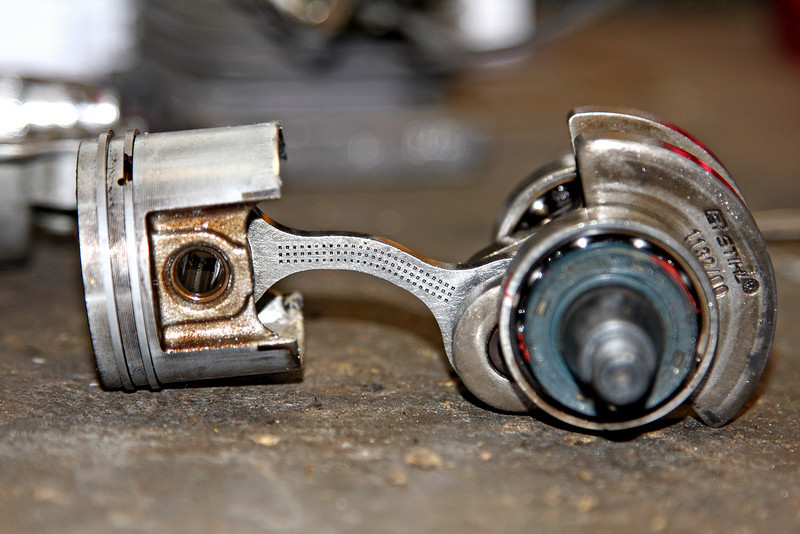paulthepunk
ArboristSite Lurker
Hi guys, wanted to know the quickest way to strip down an MS180. I wanna take a look in the jug as the compression seems very low. Is there anything I need to watch for or avoid as I pull her apart? I've searched other threads and seen issues with weak rods and pistons! Do you need to remove the flywheel and clutch to get inside? Thanks for any help!





